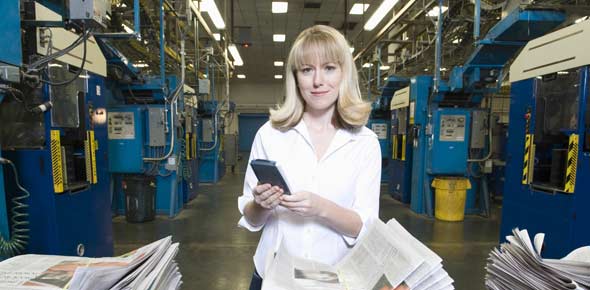Know How They Give Sound To A Movie By Taking This Quiz!
- AES
- SMPTE
2.
You may optionally provide this to label your report, leaderboard, or certificate.
×
Thank you for your feedback!
















